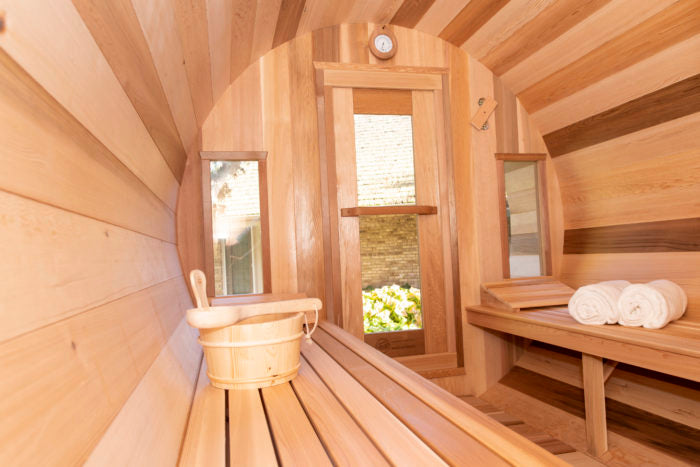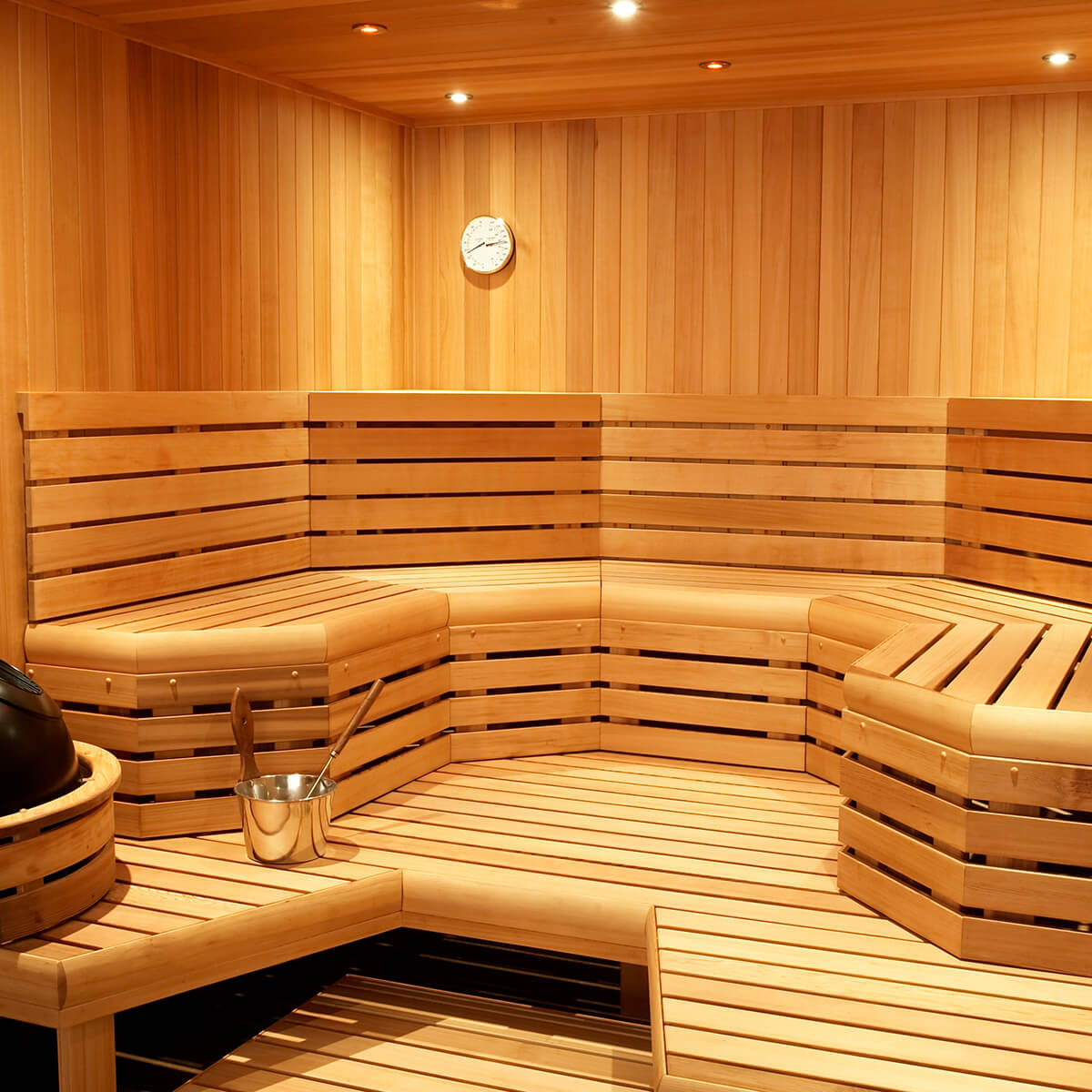All About Traditional Sauna
All About Traditional Sauna
Blog Article
About Traditional Sauna
Table of ContentsThe Only Guide to Traditional SaunaRumored Buzz on Traditional SaunaOur Traditional Sauna IdeasLittle Known Facts About Traditional Sauna.Things about Traditional Sauna
The majority of the weight lost in a sauna is water loss and is re-gained upon rehydrating. Without a question sauna can be a vital part of a healthy weight loss program. To take a look at the differences between typical and IR saunas, I will divide these into verifiable, academic, and produced distinctions.Hence, the hottest factor in the saunawhich is at the ceiling directly over the sauna heateris commonly in between 185 and 190 F. Claims that a traditional sauna exceeds 200 F is merely not true and not applicable for electrical saunas marketed in the US. The temperature for a far-infrared sauna is generally established between 120 and 140 F; nonetheless, unlike the conventional sauna, the objective in and IR space is not to achieve a high temperature level.
Due to this, the temperature difference is practically irrelevant, given that profuse sweating causes both sauna types, however the approach of heating the body is various. In an IR sauna the bather will certainly feel warm and will certainly sweat profusely, however at a lot lower temperature levels (Traditional Sauna). Hence, if the objective is to spend longer durations of time in the sauna, the IR sauna is a great selection
When a conventional sauna has actually been correctly heated up, the sauna wall surfaces are warm, the air temperature level has actually accomplished established temperature level and the rocks are very warmed. As an intriguing side note, the heated walls and the rocks are discharging far-infrared heat, integrated with the heated air, to develop an "enveloping heat".
The Only Guide for Traditional Sauna

When the high temperature is accomplished, the elements cycle on and off to maintain the heat. The majority of conventional sauna customers take pleasure in pouring water over the rocks to produce heavy steam to increase sauna humidity degrees. The advantages of putting water over the rocks include: making the area extra comfy, dampening the nasal flows, and allowing the use of aromatherapy by blending crucial oils with the water.

When the power gets in the body, it triggers the body temperature to raise and ultimately causes sweat. In an infrared sauna it is very important for the emitters/heaters to remain on virtually continuously. Considering that there is no mass of rocks to preserve warmth, the sauna will cool if the emitters turned off.
As discussed above, the sauna bather in an infrared area wants to position himself before running emitters to get maximum gain from the heat. The home heating time for the two spaces can be extremely different, depending upon just how the rooms are utilized. For a traditional sauna, a bather needs to allow 30-40 minutes for the space to attain a desired temperature and to effectively pre-heat the rocks.
7 Simple Techniques For Traditional Sauna
A well constructed sauna will commonly attain a temperature level of 150-160 F in about 30-40 mins. For hotter temperature levels, the area may need to heat for a longer period.

Typical saunas tend to be bigger (thus utilize even more electricity) than infrared saunas, although standard saunas are certainly readily available in one and 2 individual sizes too. For a two-person standard sauna, 5x6 or 5x7 dimension is most prominent. The leading bench can conveniently seat 2 or three individuals and is additionally long enough to rest during the sauna session.
Our Traditional Sauna Statements
The ordinary price per kWH of electrical energy in the united state is roughly $0.11, so a 4.5 kW heating unit will certainly set you back around $.50 to compete one hour, if the heater runs constantly for one hour. Usually a sauna heating unit will certainly compete 75% of the first hour and 50% of succeeding hours on given that the elements cycle once the set temperature is achieved.

There is a seldom discussed distinction in the social experience between the 2 areas. While our society has lost several of the social advantage of the traditional sauna experience, it can be really socially gratifying (Traditional Sauna). From family time in the sauna, to heart-felt discussions with loved ones, to sauna partiesthe conventional sauna experience can lead to look at this now intimate mingling
All about Traditional Sauna
Many greater end infrared rooms include tinted light treatment, sound systems and full-glass fronts.
Report this page